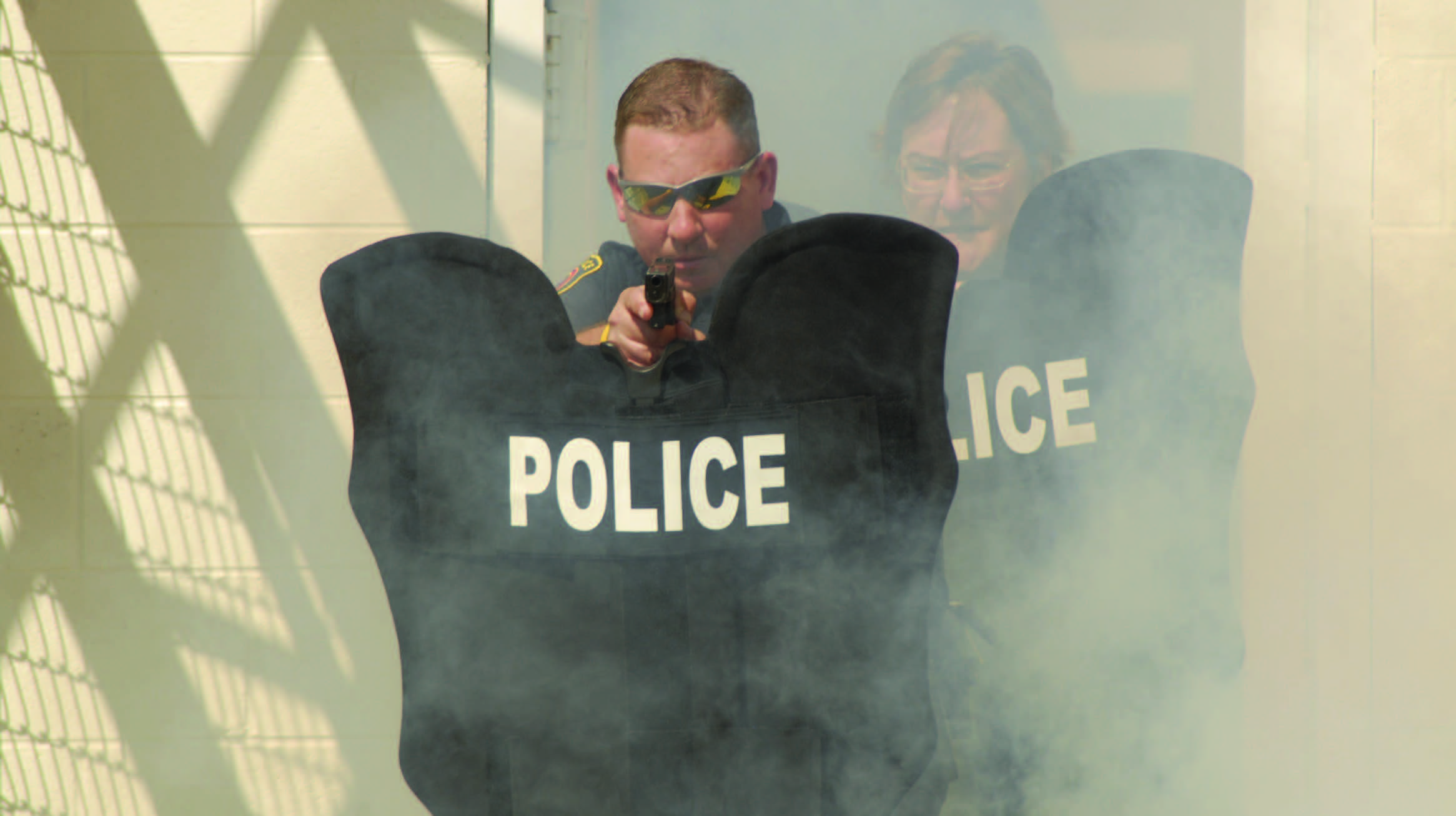By Shelly Williams/editor in chief

In light of two recent incidents of armed students on campuses, TCC’s police department has been revisiting concerns of what to do if an active shooter appears at the college, said police chief Frank Buchanan.
At the University of Texas at Austin, an armed man fired shots from an AK-47 before killing himself in a school library Sept. 28. Then, Brookhaven College in Farmers Branch near Dallas was declared on lockdown Oct. 4 after an armed, suicidal student came on campus.
Since the Virginia Tech massacre in 2007, TCC’s police department has purchased equipment and undergone training to handle an emergency situation like an active shooter, Buchanan said.
“The police department is trained to respond straight to the shooter,” he said.
Every two years, the department trains to handle a situation similar to the incidents on both campuses. A team comes in and shows the department how to handle such a situation, which Buchanan said is better than having to wait for a city’s local police force to respond. Also, all new officers receive active shooter training.
“We’ve received the same training as UT and other colleges,” he said.
However, the police force can call to have additional backup from local area police departments if needed, he said.
Buchanan said the department has a recommended plan to respond to an active shooter involving an armed immediate response and bat shield, which provides maximum body protection and repels bullets if there is gunfire.
The school will also send a scripted e-mail out to everyone with a TCC account. The message is already typed, so police don’t have to stop and figure out what to say, Buchanan said.
A similar message can be sent through CampusCruiser’s emergency alert system like that of UT’s and Brookhaven’s. But spreading that message depends on how many people have signed up to receive the alerts, said TCC’s director of emergency management Robie Robinson.
Administrators are currently discussing whether to change the alert system so people have to request to opt out of it, rather than opt in, Robinson said.
Students, faculty and staff can also view an active shooter video on CampusCruiser.
The video demonstrates what actions to take and how to handle an active shooter situation if one occurred.
Buchanan said using social networks like Facebook and Twitter to update on a situation like an active shooter would also help keep others informed if they are not a part of the CampusCruiser alert system.
TCC also has a tornado alarm and intercom system on each campus that can be activated to alert students of an incident on campus.
Buchanan said the department could use these options as well as the digital time clocks on every campus to alert others about a situation.
“As far as the police are concerned, I feel good that we’ve received the appropriate training and appropriate equipment to respond to an active shooter situation,” he said.
The district is also talking about having faculty and staff participate in National Incident Management Situation training as well, Robinson said.
NIMS is a proactive training guide that helps to prevent, recover and respond to the effects of incidents and helps reduce the loss of lives and damage to property, according to the Federal Emergency Management Agency.
The program trains faculty and staff to respond to an active shooter by placing them in simulated situations, Robinson said.
“By acting in a consistent way with other organizations, it’s a lot easier to help each other out,” Robinson said. “Safety is our No. 1 priority. On campus, we talk about student success, and that’s what we’re all here to do. But students can’t be successful if they’re not safe first.”

